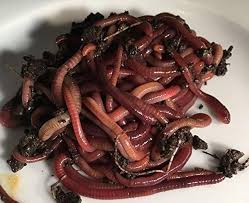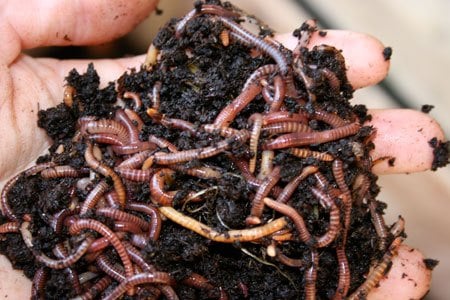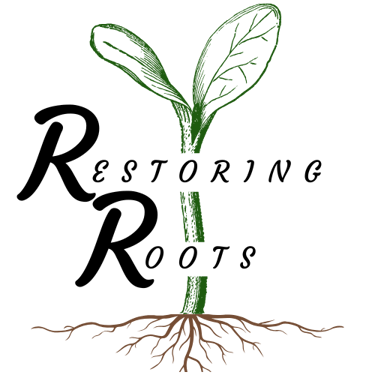The Mighty Worm
Worms are amazing creatures with many jobs. They feed our pets and wildlife, aerate our soil, improve root growth, repel pests, produce nutrient-dense, microbial-rich soil, and reduce waste!
We use worms on our farm to create nutrient dense soil amendments while reducing the waste going into Tennessee's overused landfills.
In cities with compost programs it is estimated that the garbage going to the landfill is approximately 28% compostable waste. In areas where compost programs are not easily accessible that number rises significantly.
The byproduct of waste reduction by worms is a completely safe, chemical-free soil amendment that can restore soil that has been harmed by years of chemicals like fertilizers, pesticides, and common household cleaners.
Worm castings are rich in microbial life and have proven their value time and time again by farmers, gardeners, and scientist world wide.
We are busy building up our farm, but we will also be trying hard to build this website to be your go to resource for many things regarding soil health, worm farming and general homesteading. If you can't find the answers to your questions on our website, don't hesitate to contact us. If we don't know the answer, we'll help you find it!
The star of composting worms. These are beginner friendly worms tolerant of a wide range of temperatures and farming styles. They are a calm worm, content to stay in their bedding, voracious eaters, and reproduce rapidly. Red Wigglers are commonly used as bait.
These are also great composters although they are more difficult to manage. Some worm farmers claim that they eat more than the Red Wigglers, and they also reproduce well. They are sensitive to barometric pressure changes or vibrations from nearby machinery. Many new worm farmer have been surprised to find a mass exodus of Indian Blues from their bins. IB's are not good for bait worms.
A carbon loving work horse often used in commercial worm farms. Africans are prolific breeders, and will plow through fibrous bedding like cardboard or dry leaves faster than any other species. They are much more sensitive to temperatures and will die if their environment drops below 60 degrees Fahrenheit for an extended period, or 45 degrees F for even a brief peiriod. This species is great for bait too, they just aren't raised in as many regions.
We breed European Nightcrawlers, also known as Euros, primarily for bait. These are the worms that my husband and I grew up fishing with. If you have been looking for Euro's you will probably notice that they often cost more than the other species. This isn't because they are difficult to raise, but because they are slower to reproduce and don't produce useful castings as quickly as other species.
Big Reds are not a different species of worm. This is simply a nickname for junior European Nightcrawlers. Many bait customers love the sturdy muscular European Nightcrawlers and are loyal to the species. The big reds are larger than the red wigglers which is a nice in between size for our bait shops.


A bit about the different species we raise.


